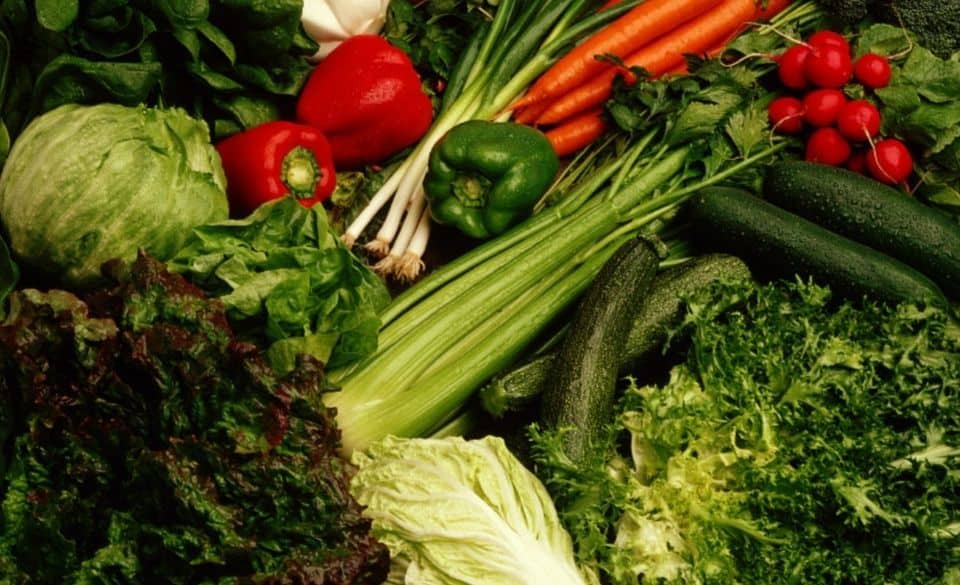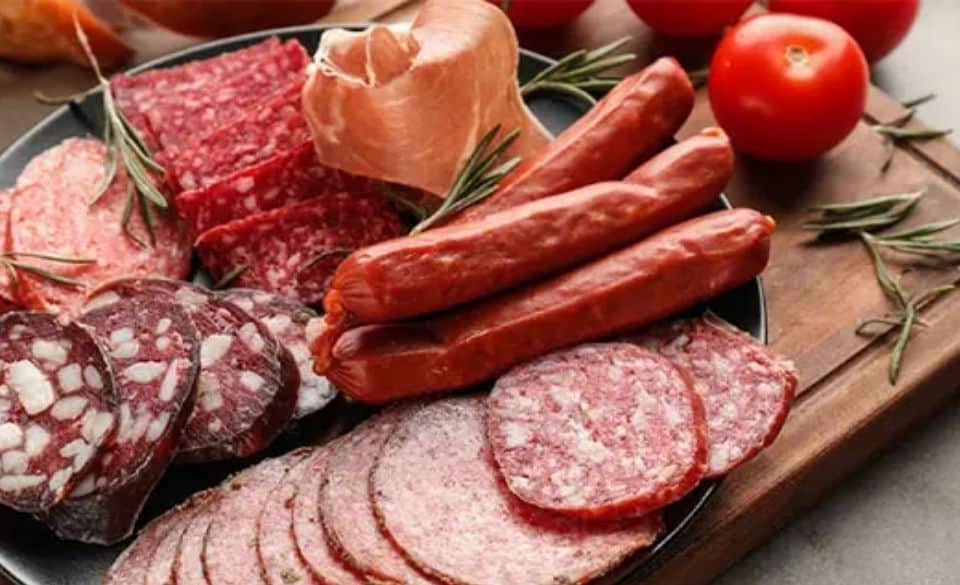
Foods High in Nitrate – Can Nitrates Improve Your Cycling Performance?
Page Contents
Over the past 20 years, health leaders and governments have continued trying to eradicate nitrate from our drinking water. But as the latest research suggests nitrate does not harm us but actually helps increase physical performance. But only if you eat natural foods high in nitrate and not processed foods.
So what is Nitrate? It is a chemical symbol known as N03- and an inorganic compound that is composed of nitrogen and oxygen. It is naturally found in water and soil and is widely used by the agricultural industry within fertilizers. While this may sound bad, it is actually utilized by plants to help build protein through the production of amino acids. So by adding nitrate to fertilizer it helps plants grow more rapidly.
Since nitrate is found in high quantities in the soil it is easily dissolved and can be easily washed into streams and rivers. Inevitably leading to the high concentration of nitrate in our drinking water in the past.
Can Nitrates Improve Cycling Performance?
In a recent study by Swedish scientists, they tested the effects of submaximal exercise on 9 subjects by increasing nitrate through supplementing.
These nine healthy subjects performed sub-maximal and maximal tests on a cycle ergometer throughout two separate three-day periods. During this time the dietary supplementation was added.
During the first three-day period, the subjects were provided 0.1 millimoles per kilo of body weight each day (around 500mgs of nitrate). For the rest of the test period, the subjects received sodium chloride (placebo) in the same quantity.
What they found then was the oxygen cost while cycling at sub-maximal levels was decreased while taking the nitrate supplement. Because of this, the subject’s body became more efficient at using oxygen. This was shown as less oxygen was needed at the same output once nitrate supplementation was added to their diet.
All in all the research suggests that supplementing nitrate for athletes can improve oxygen efficiency by 1.5%. Even though improvement is small it can potentially provide a big advantage to professional athletes in cycling, running, or triathlon.
Although our maximum oxygen uptake is restricted as an athlete. If an athlete can use their oxygen more efficiently, they will maintain greater levels of power before fatigue starts to set in.
Other studies have indicated that nitrate supplementation from beetroot juice can increase muscle efficiency as well as improve endurance exercise performance. So there are multiple studies that can confirm that nitrates can in fact improve your cycling performance.

Foods High in Nitrates – Nitrate Rich Foods
So, after seeing the effects of the study you may be wondering what foods are high in Nitrates. Below shows the Nitrate content (mg/100 g fresh weight) found in fresh vegetables. (https://academic.oup.com/ajcn/article/90/1/1/4596750)
Very low – under 20g: Artichoke, asparagus, broad bean, eggplant, garlic, onion, green bean, mushroom, pea, pepper, potato, summer squash, sweet potato, tomato, watermelon
Low – 20 mg to 50 mg: Broccoli, carrot, cauliflower, cucumber, pumpkin, chicory.
Middle – 50 mg to 100 mg: Cabbage, dill, turnip, savoy cabbage.
High – 100 mg to 250 mg: Celeriac, Chinese cabbage, endive, fennel, kohlrabi, leek, parsley.
Very high – above 250 mg: Celery, cress, chervil, lettuce, red beetroot, spinach, rocket (rucola).
Soil conditions, growth conditions, and transport are just some factors that can affect the accumulation of nitrate in vegetables. So use this as a primary guide as it will vary depending on multiple factors.

Foods High in Nitrates to Avoid Eating
The most nitrate-rich foods often come from leafy vegetables such as celery, spinach, lettuce, or rucola. These vegetables contain above 250 mg of nitrate per 100 g of fresh weight. But there are some foods that contain added nitrate giving them a much higher content, but stay away from them as nitrate is used mostly in processed foods to improve color, taste, and shelf life, rather than overall improvement in health.
Ham – 890 mcg of nitrates per 100 g of weight
Bacon – 380 mcg of nitrates per 100 g of weight
Deli Meat – 500 mcg of nitrates per 100 g of meat
Hot Dogs – 50 mcg of nitrates per 100 g of meat
As you can tell, many processed types of meat contain high amounts of nitrates. Nitrates are often used to help preserve and improve the food color and aren’t overall positive to your health. So focus on getting your nitrates from leafy vegetables and natural foods rather than processed meats.
Are Nitrates Bad For You?
Nitrates that occur naturally in the body and foods such as vegetables can have positive benefits to your health. Although when added to processed foods such as bacon or hot dogs can be hazardous to your health. Nitrates are often added to these processed foods to prevent harmful bacteria from growing. It also helps to improve the appearance of the meat, by giving it a slightly pink or red color.
However, since nitrates are a natural part of our diet, high intake levels can cause colorectal cancer as well as other diseases such as:
– Leukemia
– Non-Hodgkin lymphoma,
– Heart disease
– Ovarian cancer
– Stomach cancer
– Esophageal cancer
– Pancreatic cancer
– Thyroid cancer
But the good news is these nitrates that cause these diseases don’t come from natural foods, rather that of processed foods. Foods that possess nitrate naturally also contain vitamins like vitamin C which help the body to protect itself from developing diseases like the ones we mentioned.



